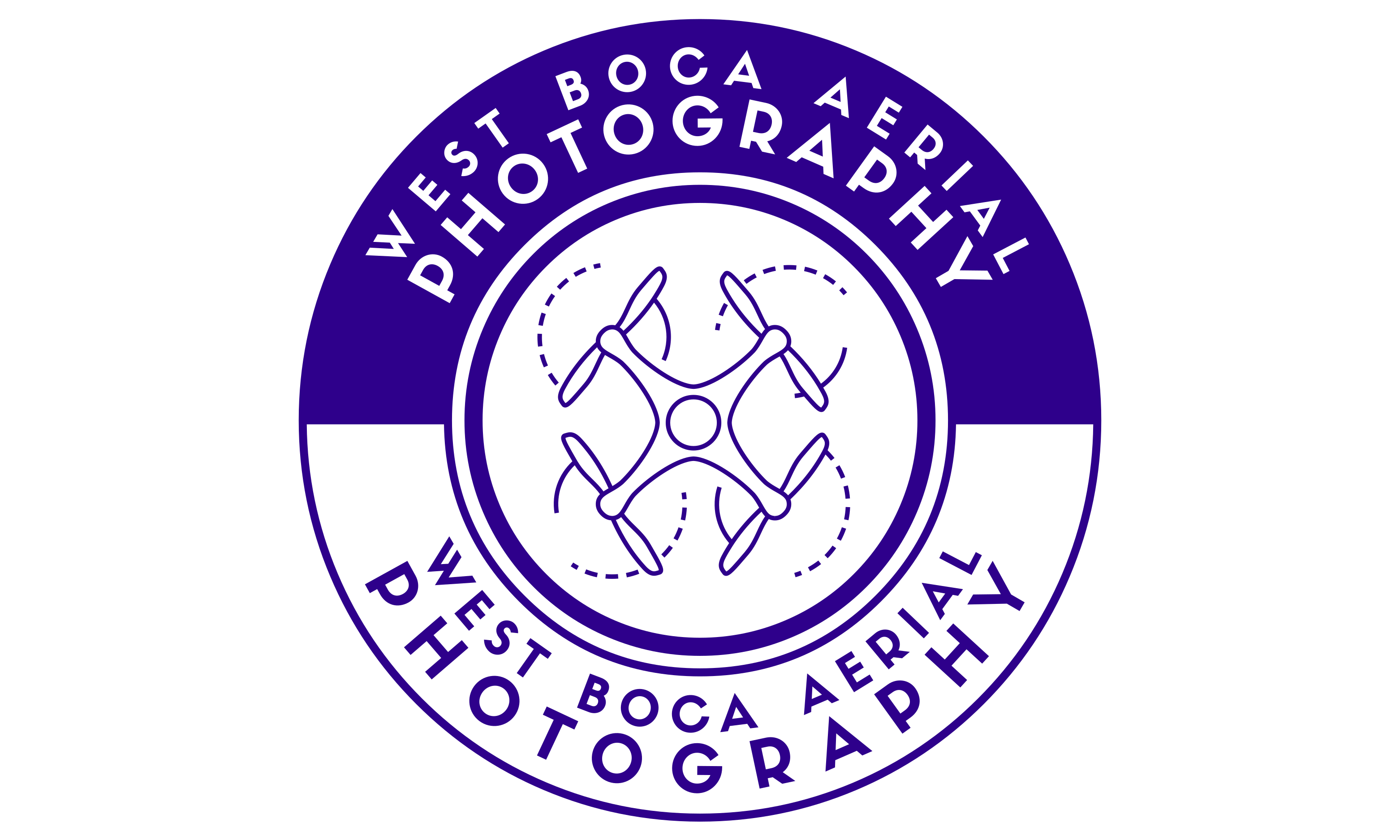Drones have transformed the way photographers capture images from above. These unmanned aerial vehicles (UAVs) have opened up a whole new world of possibilities for photography, enabling photographers to capture stunning aerial shots that were once only possible with expensive helicopters or small planes. However, in order to operate a drone for photography legally, there are certain requirements that must be followed.
One of the key legal requirements for operating a drone for aerial mapping photography is obtaining the necessary licenses and permits. In the United States, for example, anyone operating a drone for commercial purposes must obtain a Remote Pilot Certificate from the Federal Aviation Administration (FAA). This certificate demonstrates that the pilot has a basic understanding of aviation rules and regulations, as well as the skills necessary to operate a drone safely and responsibly.
In addition to obtaining a Remote Pilot Certificate, drone operators must also comply with any local regulations that may apply to their specific location. This can include obtaining permits or authorization from local authorities, as well as following any restrictions or guidelines that may be in place for flying drones in certain areas. For example, some areas may have restrictions on flying drones near airports or in certain national parks.
Another legal requirement for operating a drone for aerial mapping photography is maintaining proper insurance coverage. In the event of an accident or damage caused by the drone, having insurance coverage can help protect both the operator and any potential victims. Some insurance policies specifically cover drones and UAVs, so it’s important for drone operators to make sure they have the appropriate coverage in place before starting any photography projects.
Finally, drone operators must also be mindful of privacy laws when capturing images from above. In many cases, drones equipped with cameras can inadvertently capture images of people or property without permission. In order to protect the privacy rights of individuals, drone operators must obtain consent from anyone whose image or property will be captured by the drone. This can often be done through a written release or by obtaining permission from property owners before flying the drone.
In conclusion, operating a drone for aerial mapping photography can offer photographers a unique perspective and stunning images, but it’s important to understand and follow the legal requirements that apply. By obtaining the necessary licenses and permits, maintaining insurance coverage, and respecting privacy laws, drone operators can capture amazing images from above while staying on the right side of the law.
************
Want to get more details?
West Boca Aerial Photography
https://www.wbaerialphoto.com/
Boca Raton, United States
Embark on a bird’s eye view adventure with WBAerialPhoto.com! See the world from a whole new perspective and discover stunning landscapes like never before. Stay tuned for an exciting glimpse into the beauty of aerial photography.

